Expansion of the Electronics Industry
The electronics industry is rapidly expanding, significantly impacting the industrial lasers market. With the increasing demand for miniaturized components and high-precision manufacturing, lasers are becoming essential tools in the production of electronic devices. In 2025, the electronics sector is projected to represent around 25% of the industrial lasers market. This growth is driven by the need for efficient and accurate processes in the fabrication of semiconductors and circuit boards. As technology continues to evolve, the demand for advanced laser solutions that can meet the stringent requirements of the electronics industry is expected to rise, thereby fostering growth in the industrial lasers market.
Growing Demand in the Automotive Sector
The automotive sector is a significant driver of the industrial lasers market, as manufacturers increasingly adopt laser technologies for various applications. Lasers are utilized for cutting, welding, and marking components, which enhances production efficiency and product quality. In 2025, it is estimated that the automotive industry will account for approximately 30% of the total demand for industrial lasers. This growth is attributed to the rising trend of electric vehicles, which require precise manufacturing techniques for battery components. As automotive manufacturers strive to meet stringent regulations and consumer expectations, the reliance on advanced laser technologies is likely to intensify, further propelling the industrial lasers market.
Technological Advancements in Laser Systems
The industrial lasers market is experiencing a surge in technological advancements, particularly in laser systems. Innovations such as high-power fiber lasers and ultrafast lasers are enhancing precision and efficiency in manufacturing processes. For instance, the introduction of solid-state lasers has improved energy efficiency, reducing operational costs by approximately 20%. These advancements enable industries to achieve higher production rates and better quality control, which are critical in competitive markets. As manufacturers increasingly seek to optimize their operations, the demand for advanced laser technologies is likely to grow, driving the industrial lasers market forward. Furthermore, the integration of smart technologies into laser systems is expected to enhance their functionality, making them more appealing to various sectors, including automotive and aerospace.
Increased Investment in Research and Development
Investment in research and development (R&D) is a critical driver of the industrial lasers market. Companies are allocating substantial resources to innovate and improve laser technologies, aiming to enhance performance and reduce costs. In 2025, R&D spending in the laser industry is expected to rise by approximately 15%, reflecting the commitment to advancing laser applications across various sectors. This investment not only fosters technological advancements but also supports the development of new applications, such as laser-based medical devices and advanced manufacturing techniques. As R&D continues to play a pivotal role in shaping the future of the industrial lasers market, it is likely to attract further interest from investors and stakeholders.
Rising Focus on Customization and Personalization
Customization and personalization are becoming increasingly important in various industries, influencing the industrial lasers market. Companies are seeking to differentiate their products through unique designs and tailored solutions, which often require advanced laser technologies. The ability to engrave, cut, and mark materials with precision allows manufacturers to offer personalized products, enhancing customer satisfaction. This trend is particularly evident in sectors such as consumer goods and fashion, where unique branding is crucial. As businesses continue to prioritize customization, the demand for industrial lasers capable of delivering these capabilities is likely to increase, driving growth in the industrial lasers market.


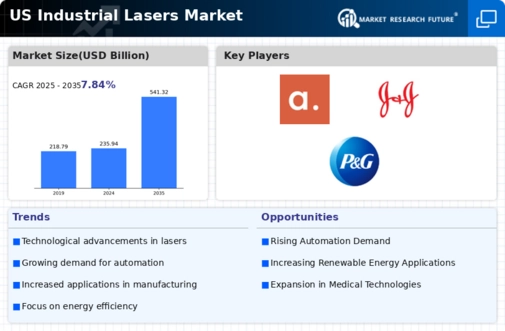

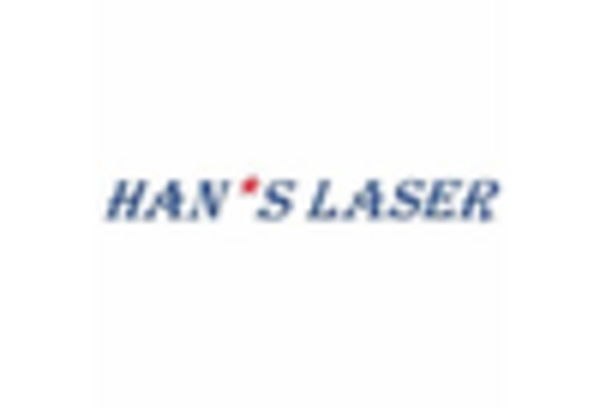
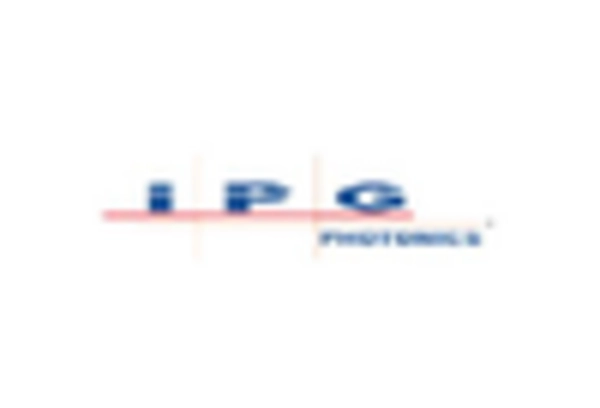
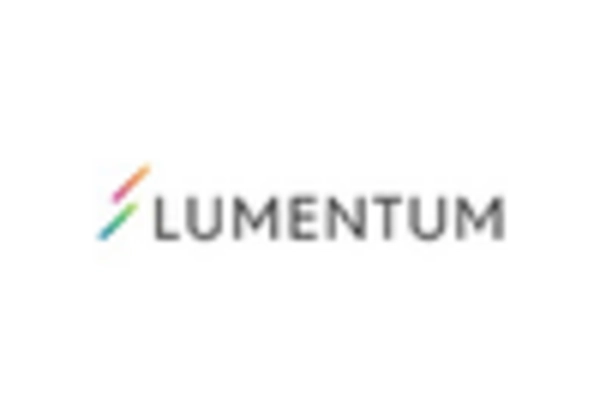

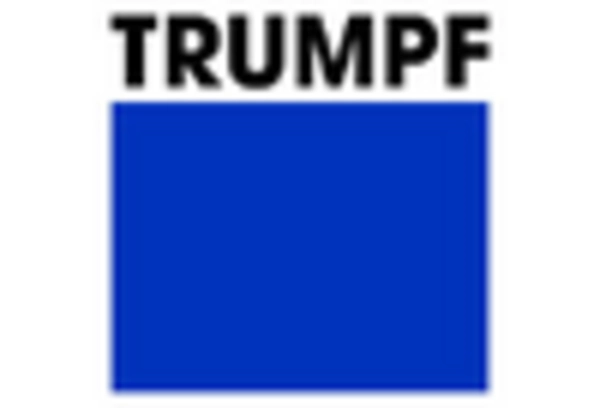








Leave a Comment